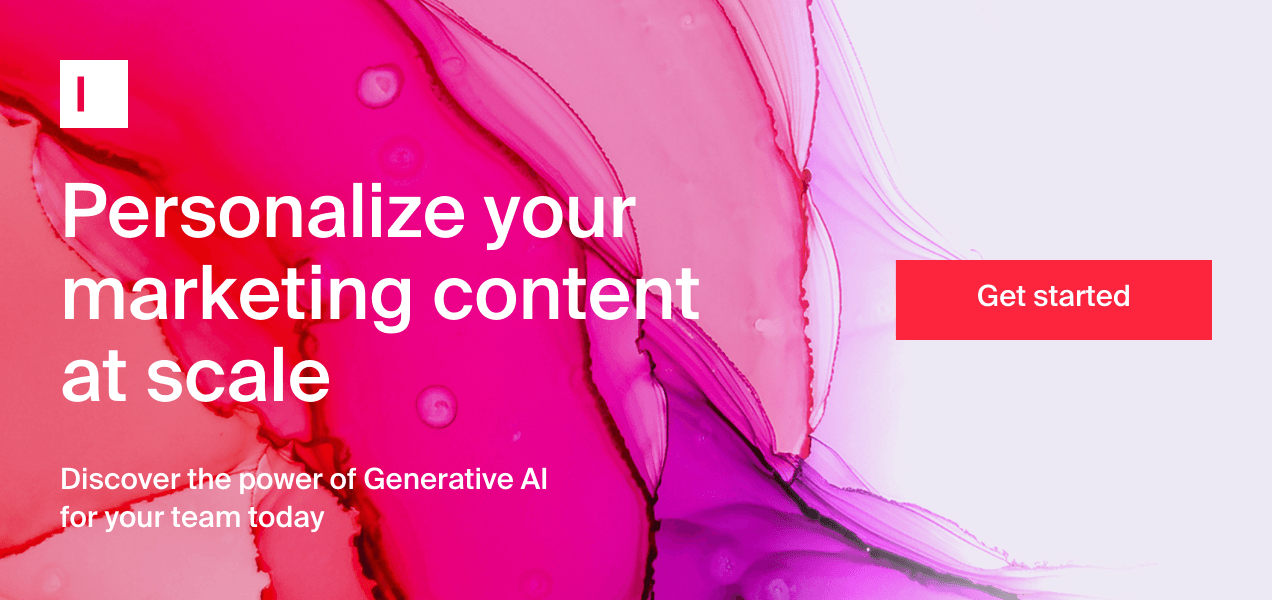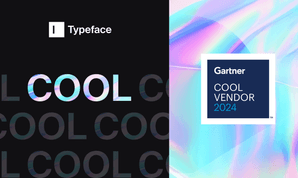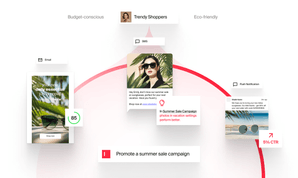AI at Work
Orchestrating AI: the Transition From Solo Acts to a Complete Symphony

Abhay Parasnis · Founder and CEO
August 28th, 2024 · 6 min read

We are living in a massive societal and industrial shift. For the first time, AI is starting to understand us and the world around us in our natural language, fundamentally changing our interaction with technology. This transformation, fueled by enormous investments in generative AI platforms, is bringing AI’s knowledge fabric to a global scale.
As a result, AI itself is undergoing a significant transformation, evolving from a “solo violinist” to part of a symphony orchestrating layers of multimodal storytelling. Business leaders must quickly embrace these changes, recognizing the new dynamics of generative AI for enterprises as essential.
The New Age of Storytelling
AI adoption has surged to 72 percent this year, reflecting a new level of reach. And according to a recent McKinsey study, AI will have the most impact on marketing and sales, which makes sense considering at the heart of this transformation is the potential for a new level of customer interactions with deeply personalized storytelling.
But enterprise generative AI is already reshaping the future of brand storytelling and creative work. New modalities like image and video have made rich storytelling mediums available to more people, faster than ever before, leading to a profound impact on the future of creativity. And the speed of innovation is enabling a new broad base of information workers to tell their stories.
AI brings creativity to the forefront, and looking ahead, there is an opportunity to reimagine the entire enterprise content lifecycle. A new knowledge fabric will empower every function and worker to be significantly more productive with simplified modern content workflows.
As radical new experiences and AI-first content workflows are enabled, four key pillars— multiplayer ideation, deep personalization, AI agents and the adaptive content loop—are essential to navigating this change.
Multi-Player Ideation
AI transforms how we ideate by leveraging collaborative knowledge and creativity at unprecedented speeds. Traditionally, campaign concepts were developed by a small core team. However, AI breaks down the silos of cost, skill, and time, enabling every department to participate from the beginning. This fosters a more fluid, dynamic ideation process. Product managers, designers, marketers, and sales teams can now collaborate from the start, leading to a truly cross-functional approach with real-time feedback and input.
When more teams participate in campaign ideation from the outset, they can explore significantly more ideas early in the journey. For example, a beauty brand can now rapidly develop campaigns for new audience segments, or a consumer packaged goods company can launch a new soft drink with much higher velocity. This cross-functional collaboration results in campaign concepts that resonate with diverse audiences and geographies.
Deep Personalization
Crafting personalized content and stories has long been limited to a privileged few with specialized tools and significant budgets. Now, generative AI can uniquely understand your business, brand language, style, audiences, and data. This democratization of personalization at scale helps brands resonate with more current and potential customers, creating unique stories for each audience on a global scale.
For instance, an electronics brand can now reach exponentially more consumers and take its story to dozens of markets instead of being limited to one.

Choreographed Stories: AI Agents
We believe agents will play a big part in the future. In this next chapter of AI, one or more agents will truly have the ability to act on our behalf to create an entire marketing campaign plan from idea to activation, versus one aspect of it.
A lot of tools are becoming smarter at creating an abundance of content – but agents go well beyond this to curate, sequence and make sense of it as part of a campaign, unlocking the future of automation and the ability to scale by 10x. Agents will monitor the performance of your content, continuously evolve it to optimize for ROI and maximize the success of the campaign. At Typeface, we already have an agent that is able to understand context and data, intelligently adapt and curate multi-channel campaigns and storyboards, making recommendations for a highly choreographed and connected journey – all aligned to your goals.
In essence, AI agents will soon transition us from mere solo acts to putting you in the conductor’s seat of a workflow that has a tune of a complete symphony.
Adaptive Content Loop
Imagine logging into your campaign every morning to see how the content is performing. Meanwhile, the campaign is adapting content in real-time with a live-learning loop to optimize the story and approach as customers and the business change. AI now unlocks the ability to act on all the investments made in data and insights. Everyone in your organization can work off the same system for the first time, moving beyond static analytics dashboards for A/B testing one by one. Generative AI continuously learns from feedback an insight loop to proactively curate, improve, and adapt content.
This ongoing learning process enables brands to achieve smarter insights, create more tailored content, and execute more effective campaigns, leading to meaningful and impactful outcomes.
Architecting Your Transformation
Just as computers, the internet, and smartphones fundamentally changed our lives, generative AI is reshaping both the content we create and how we create it. This transformation is exciting and challenging.
To be successful in this massive shift, enterprises need to develop a holistic generative AI maturity model and adoption framework – avoiding temptation to focus on a feature-by-feature approach or chatbot projects. Instead, taking an end-to-end platform approach with a view to truly transform their core processes.
But having the best-in-class technology is not the hardest part. What is most important to get right is the change management. This starts with upskilling and reskilling in your AI journey, as well as adopting people processes, internal trainings, and time to educate and build understanding of AI’s positive potential to drive the learning journey for your organization.
We must navigate this road together, designing experiences that make enterprise generative AI a seamless extension of your creative process. When done right, new AI experiences can reignite the joy of storytelling in everyday work, free your teams from the constraints of the past and truly reimagine the way you create stories.
Share
Related articles

Company
Typeface Featured in First Gartner® Cool Vendors™ in Generative AI for Marketing

Typeface
July 15th, 2024 · 4 min read

Product
Introducing Typeface Arc: The Next Chapter in Storytelling for the AI Era

Abhay Parasnis · Founder and CEO
May 8th, 2024 · 7 min read

Engineering
The Future of Large Scale Multi-modal and Multi-task Learning

Gaurav Sharma · Head of AI Research
June 18th, 2024 · 6 min read